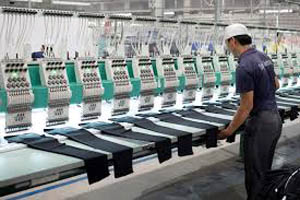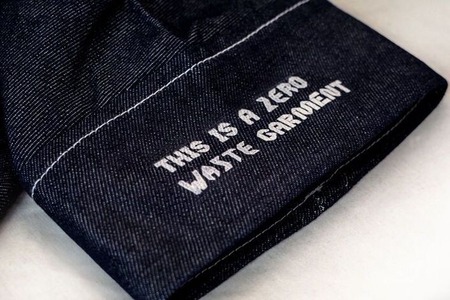
Sourcing pattern not been affected by shift in production base in China
YarnsandFibers News Bureau 2014-12-13 12:00:00 – South ChinaManufacturing has been shifting away from the more expensive southern China to Southeast and South Asian countries such as Vietnam and Bangladesh. The shift is being led by textiles which may have increased intra-Asian trade but it will still take years to cause an impact on global sourcing patterns, according to trade finance bankers and fashion retailers.
World trade has been growing faster than world [gross domestic product] due to the fragmentation of the supply chain, said Noel Quinn, the Asia-Pacific regional head of commercial banking at HSBC. He expect a significant gap between world trade growth and world GDP growth to continue.
The gap between world trade and GDP growth might narrow in the future, but trade would still grow at a faster pace than the overall economy because production had become more multinational as manufacturing had been shifting to new production bases in search of lower costs, which in turn could lead to more trade.
Production has been shifting to the Asean countries, with the materials coming from China. At times the finished goods are sold back to China as consumption in China is growing.
As per Asia inspection, a quality control company, estimates that the average daily wage in China this year is US$18, compared with just US$2.50 in Vietnam, US$2.80 in Bangladesh and US$1.10 in Myanmar.
According to HSBC's trade forecast report, China will eventually become the largest export destination of Vietnam, Singapore and Indonesia, replacing the United States, Malaysia and Japan, but this would take a couple of decades.
While Vietnam had strong links with the West, there had been an eastward shift of key markets for its garments.
Last year, about 6 percent of Vietnam's textile and garment exports went to China. They are expected to double by 2020, while those to the US are estimated to drop to 40 percent from 50 percent.
Some US and European buyers want a part of their production to be in Asean countries, but China will still be the dominant supplier, as the infrastructure in China is better than those in Southeast Asia.
The sourcing patterns of many international brands had not been affected by the shift in production bases, said Christopher Lau, the chief executive of eCargo, which helps Western fashion retailers expand in Asian e-commerce markets.
There won't be a big impact [on the sourcing patterns] for a further five to 10 years as you'll need a critical mass to directly ship the finished products from the factory to the consumers. The Asean countries have not reached that critical mass as yet.
A European-based fashion brand with about US$1 billion in annual sales would normally source 50 to 60 percent of its stock from Asia and 40 percent from Europe and Africa. Among high-end apparels sourced from Asia, 70 to 80 percent would still come from China despite the manufacturing shift.
In fact, the shift in manufacturing patterns would lead to an increase in investment from logistics providers in cross-border road networks in the region, which would support the growth of express delivery business, according to Michael Beer, Citi Analyst.
Market Intelligence
Ask for free sample Report

experience
Customer Base
dedicated team
Countries Served Worldwide







![Freitag unveils new Mono[P6] circular backpack](https://www.yarnsandfibers.com/wp-content/uploads/2024/04/Freitag.jpg)

